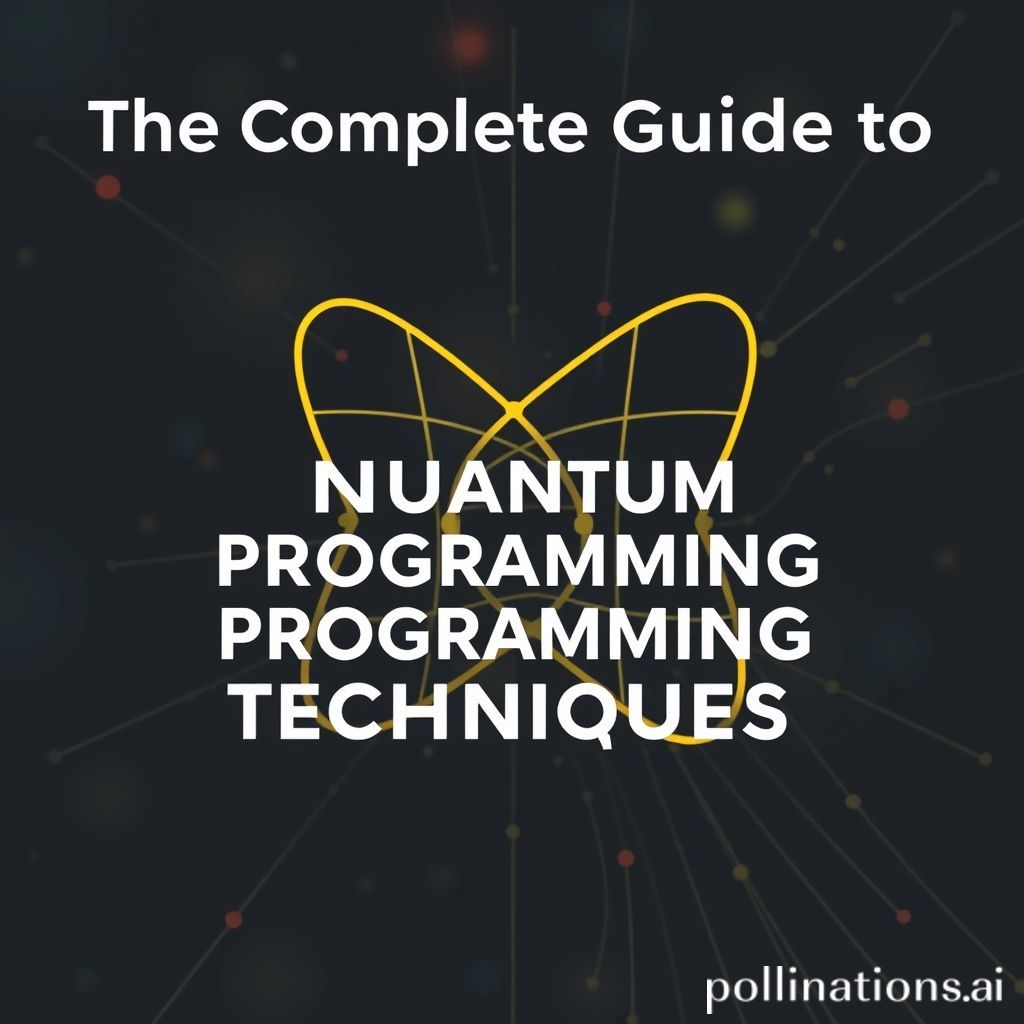
The Complete Guide to Quantum Programming Techniques
Quantum programming is a rapidly evolving field that bridges the gap between quantum computing and software development. As quantum computers become more accessible, understanding the techniques and tools necessary to program them is essential. This guide aims to provide a comprehensive overview of the fundamental concepts and practical techniques used in quantum programming.
Understanding Quantum Computing
Before diving into programming, it's crucial to understand the principles that underpin quantum computing. Unlike classical computers that use bits (0s and 1s), quantum computers utilize qubits, which can exist in multiple states at once, thanks to the principles of superposition and entanglement. This unique characteristic allows quantum computers to solve complex problems much faster than their classical counterparts. Here are the key concepts:
- Qubits: The basic unit of information in quantum computers.
- Superposition: The ability of qubits to be in multiple states simultaneously.
- Entanglement: A phenomenon where qubits become intertwined and the state of one can instantly influence the state of another.
- Quantum gates: Operations that change the state of qubits, similar to logic gates in classical computing.
Languages and Frameworks for Quantum Programming
Several programming languages and frameworks have emerged to facilitate quantum programming. Here are some of the most popular:
- Qiskit: An open-source quantum computing framework from IBM that allows users to create and run quantum circuits on simulators and real quantum devices.
- Quil: A quantum instruction language developed by Rigetti Computing, designed for quantum programming on their Forest platform.
- Cirq: A Python library for writing, manipulating, and optimizing quantum circuits developed by Google.
- Microsoft Q#: A language specifically designed for expressing quantum algorithms, integrated with the Quantum Development Kit.
Key Quantum Programming Techniques
Several techniques are essential for effective quantum programming. Here are some of the core techniques to master:
- Quantum Circuit Design: Understanding how to design and implement quantum circuits is fundamental. This requires knowledge of quantum gates and how they interact with qubits.
- Quantum Algorithms: Familiarity with key quantum algorithms, such as Shor’s algorithm for factoring and Grover’s algorithm for search, will enhance your programming skills.
- Error Correction: Implementing quantum error correction techniques is vital due to the inherent fragility of quantum states.
- Hybrid Quantum-Classical Computing: Many current applications require combining classical algorithms with quantum processes. Understanding how to integrate these approaches is crucial.
Conclusion
Quantum programming is at the frontier of technology, offering new capabilities that could transform various industries. As you explore the techniques and tools discussed in this guide, remember that the field is still in its infancy, and ongoing research and experimentation will pave the way for future advancements. Embrace the challenge and potential of quantum programming, and you’ll be at the forefront of a technological revolution.
